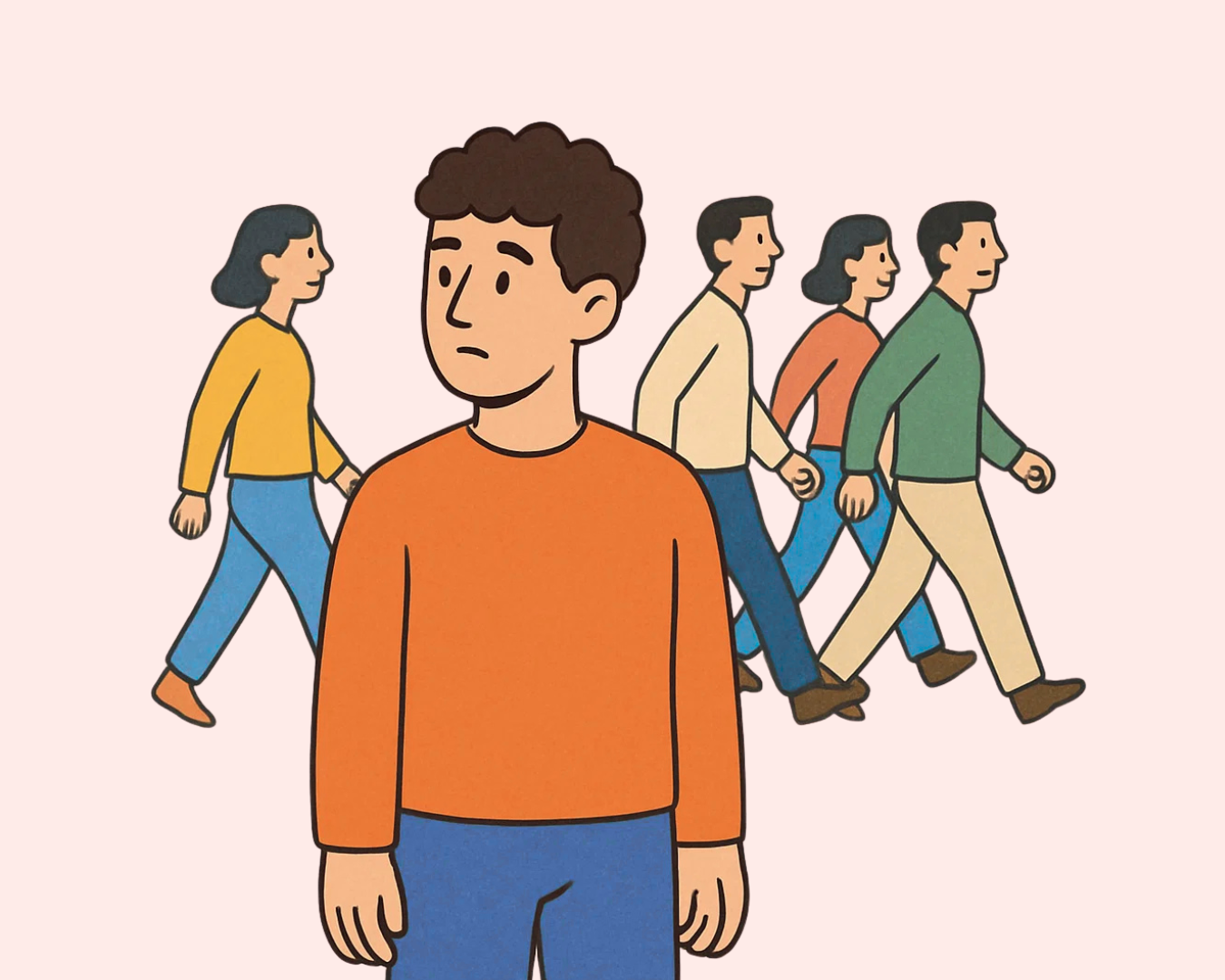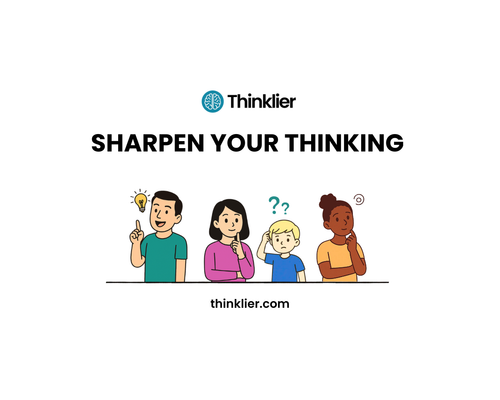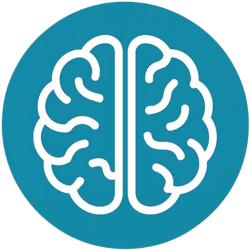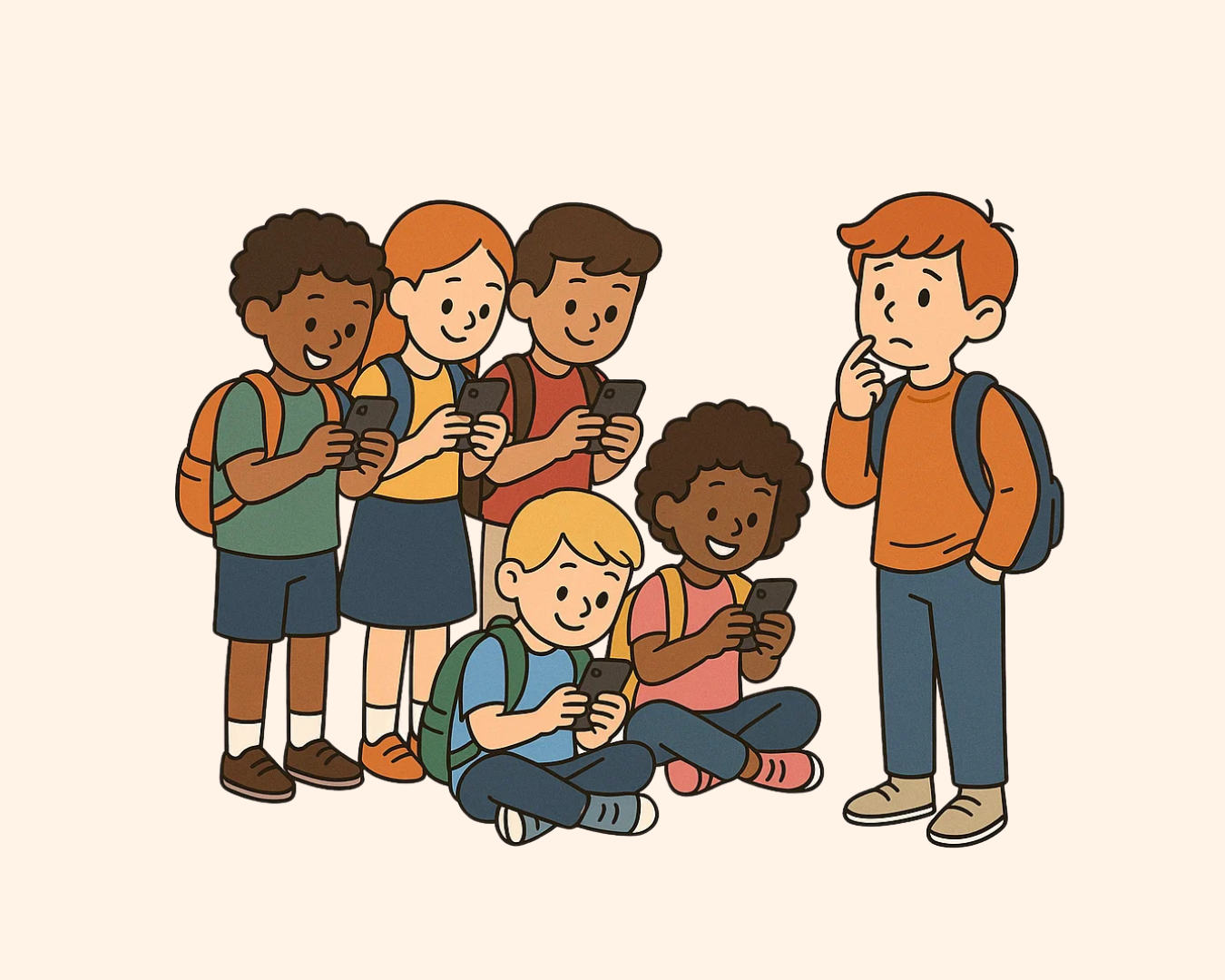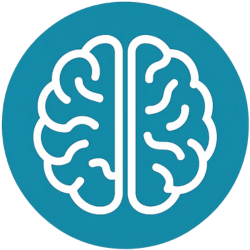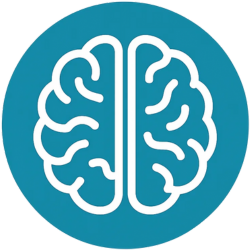It started as a few odd cases.
Teenagers in Germany, the UK, and the US began presenting with sudden, uncontrollable tics. Some mimicked Tourette’s Syndrome. Others had involuntary movements or vocal outbursts. Doctors were puzzled—until they noticed a pattern.
These weren’t isolated medical mysteries. They were copycats.
Many of the teens had been following the same TikTok influencers who posted videos of their own tics and diagnoses. What spread wasn’t a virus, but a behaviour. And it wasn’t the first time.
When mimicry goes mainstream
In the early 1960s, an episode of mass hysteria broke out in a Tanzanian school, where dozens of students began laughing uncontrollably for days. It spread to neighbouring villages. No physical cause was found. It just caught on.
Human beings are mimics by nature. It’s one of our greatest strengths—we learn through observation. But it also makes us vulnerable to groupthink, moral panics, and viral behaviours that spread not through logic, but through attention.
In recent years, schools in the UK and US have begun banning smartphones in classrooms after noticing a surge in anxiety, imitation behaviours, and compulsive tics linked to social media trends. One school in Massachusetts even reported a "Tourette’s-like outbreak" affecting a dozen students in a single semester.
The algorithm doesn’t care
What makes this different from schoolyard fads of the past is speed and scale. Platforms like TikTok don’t just show us what our friends are doing. They amplify the most attention-grabbing content, whether it’s a dance trend, a political hot take, or someone documenting their symptoms.
And the younger the user, the more susceptible they are.
Children and teens are still forming their identities. They crave belonging. When the algorithm rewards certain behaviours, and those behaviours seem to bring status, attention, or community, it’s easy to slip into unconscious imitation.
This isn’t to say young people are faking. In many cases, the symptoms are real. What’s contagious isn’t the condition, but the idea.
Herd behaviour isn’t just for animals
We like to think of ourselves as independent thinkers. But humans are deeply social creatures. We take cues from those around us—especially when we’re unsure, insecure, or afraid of standing out.
This is true in boardrooms and playgrounds, online forums and high schools. Herd behaviour affects markets, politics, fashion, and morality. It’s a feature of being human.
The danger isn’t that we copy. It’s that we copy without noticing.
How to protect young minds
The solution isn’t just phone bans (though they help). It’s helping children build the internal tools to notice when they’re copying, to ask why they believe something, and to resist the pull of the crowd when it leads them somewhere unhelpful.
Here’s how to begin:
- Talk about trends. Instead of banning them outright, ask your child what they think about the latest viral challenge or influencer. Get them to reflect, not just absorb.
- Model independent thought. Kids copy adults too. Show them how you pause before reacting, how you question popular opinions.
- Reward thinking, not just compliance. Celebrate moments when your child takes a different view, especially if it’s thoughtful and kind.
In short
Groupthink isn’t just something that happens to other people. It happens to all of us. But when children learn to think for themselves, they gain the power to step outside the crowd—and choose their own path.
Further reading
The Coddling of the American Mind by Greg Lukianoff and Jonathan Haidt
Why a culture of emotional fragility and overprotection might be leaving kids less prepared to deal with reality.
Indistractable by Nir Eyal
A practical toolkit for helping children (and adults) manage distraction in a tech-saturated world.
Amusing Ourselves to Death by Neil Postman
A prescient look at how media shapes thought, behaviour, and public discourse.
Lost in Thought by Zena Hitz
An elegant defence of slow, independent learning in a world addicted to immediacy and popularity.
The Teenage Brain by Frances E. Jensen
A neuroscientist’s guide to understanding adolescent behaviour—and how to help teens develop better decision-making.
Raising a child who thinks for themselves? Start here.
A free 10-part course to help you raise curious, independent thinkers — with calmer conversations, sharper questions, and habits that grow with your child.
The Thinking Parent is a practical, no-fluff guide for parents and educators who want to raise minds that think, not just follow. Each lesson includes a short explainer, a challenge to try, and a workbook page to apply it.
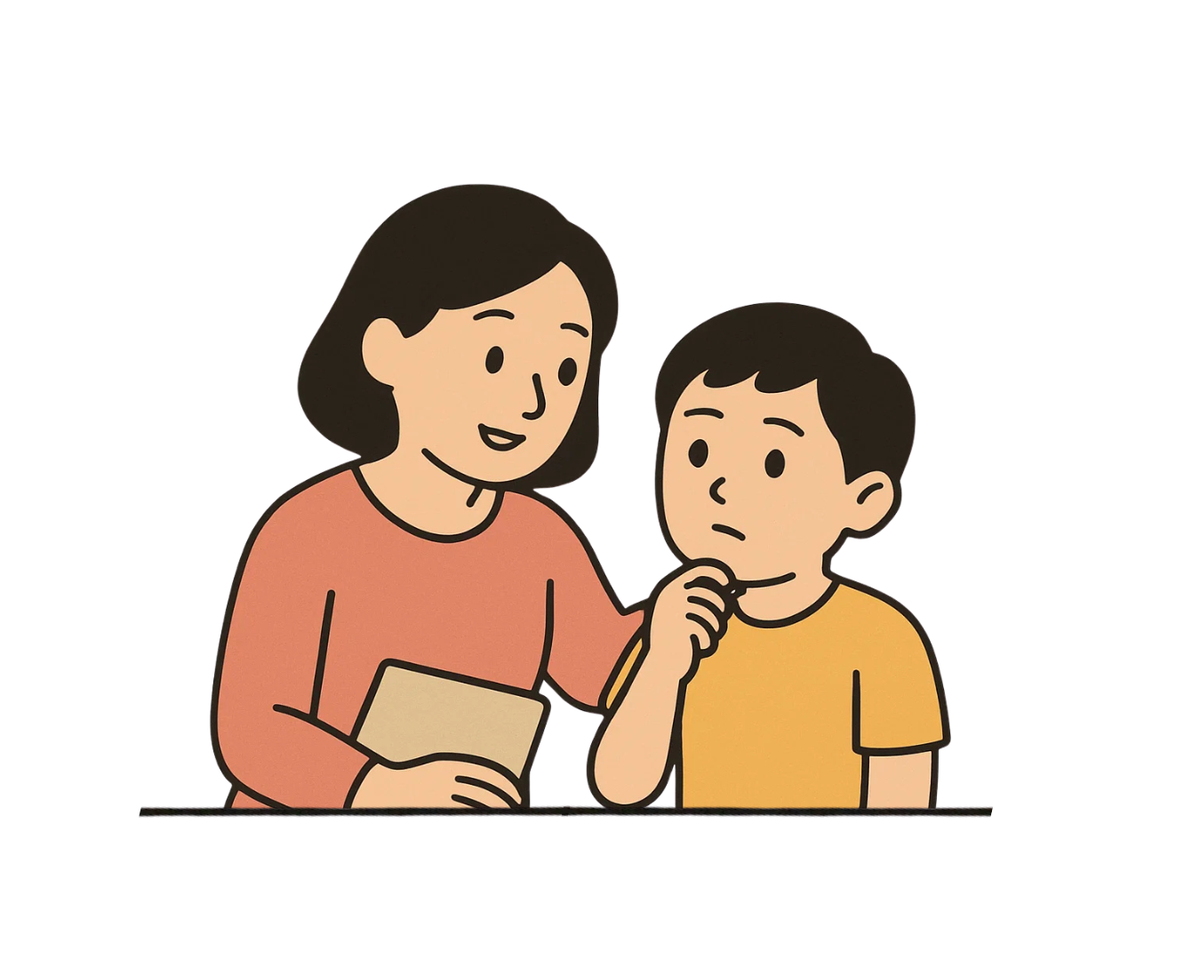
You might also like...
